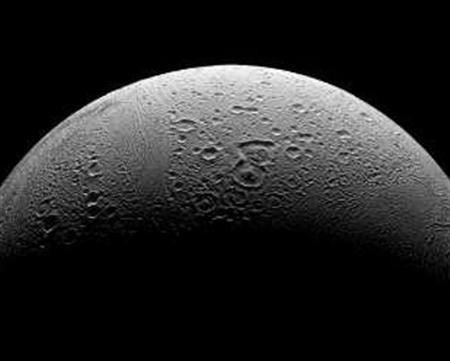cThe exterior of Enceladus has the appearance of a lifeless ice ball. However, scientists were already aware that Enceladus' subsurface ocean could be warm enough to sustain life, according to CNET.
A team from the Planetary Science Institute wrote in Nature that water vapor "jets" previously observed could have been an illusion. Photos by the Cassini spacecraft included a weak glow in the background, which they examined more closely.
The scientists learned what the jets were. They were in fact folds in the curtain eruptions that shoot out from the long cracks on Enceladus' surface, according to The Market Business.
The scientists had seen an illusion from the 2D images. This situation highlights the little data researchers have about Saturn's moon Enceladus.
However, the eruptions are important in answering the question: Is there life on Saturn's moon? The findings about what exists below the ice of Enceladus could prove the existence of aliens on the Saturn moon.
A second study based on the Cassini data examined the curtain eruptions' content. Researchers' hypothesis is that it is highly acidic water with a pH of 11 or 12, and is rich in salt and soda.
Interestingly, the salt is also contained in the sodium chloride of Earth's oceans, and table salt. Meanwhile, the "soda ash" in the water resembles a substance used for cleaning and cooking on this planet.
The water's high pH could have been caused by serpentinization, a process by which rocks dissolve in water. This boosts the water's pH level and produces hydrogen gas (H2), which could support organic molecules and life on Enceladus
Such possible signs of life on Saturn's moon Enceladus are a breakthrough for the scientific community. Thanks to Cassini's images, it now knows that Enceladus had a huge salty ocean, and could contain proof of life on Saturn's moon.



























